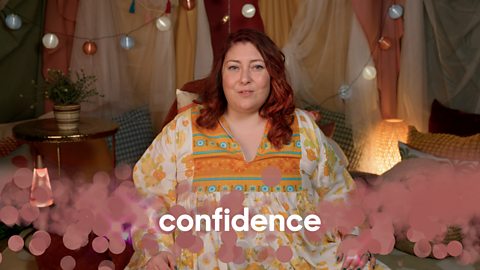Learning how to calm ourselves
We all feel very strong emotions at times. We might feel excited, nervous or even angry about something.
When we were in the middle of a powerful emotion, we might feel a bit out of control and realise that it would be helpful to calm down.
Learning how to calm ourselves is a really helpful skill.
Video - Advice on staying calm
Wellbeing professional, Lorna Walker, shows us a tool we can use to bring more calm into our day.
We all feel very strong emotions sometimes. Maybe we feel excited or nervous or even angry about something.
When we were in the middle of a very powerful emotion. We sometimes know it would be helpful to calm down.
But that can be so difficult. And if someone tells us to come down that can have the opposite effect.
Learning how to calm ourselves is a really helpful skill.
This exercise has three parts to it. They're easy to remember, a bit like learning your name and address.
First step, name how you're feeling. Just inside your head or you can even say it out loud.
I'm feeling really nervous. I'm feeling really angry, I'm feeling really scared.
The second step is like the address. Find out where this emotion lives right now in the body.
I feel the nervousness in my jaw muscles, shoulders. I feel the anger boiling in my chest. I feel the fear making my heart beat fast.
Now that you've named the emotion and found out where it lives, you're going to give it space. Maybe you can imagine when you breathe the air from outside, you're breathing space in and when we breathe out, you're breathing back out into the space that you're in.
There's no rush and there is no need to try hard to get rid of or change how you feel either.
You don't have to work hard not to feel anything. You just name it, see where it lives, where it can be felt and give it some space. It's a really good way to find some calm whatever you might be feeling.
Activity - Calming ourselves
Try Lorna's practical wellbeing activity to help you feel more calm when you're experiencing a strong emotion.
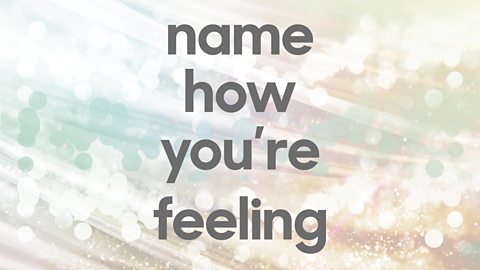
Image caption, Name how you're feeling.

Image caption, Find out where the feeling lives.
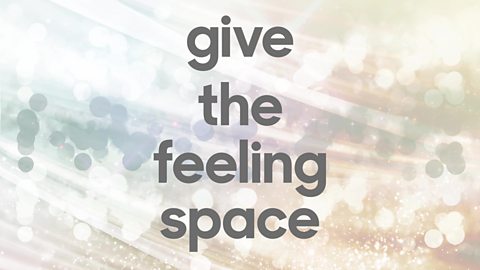
Image caption, Give the feeling space.
1 of 3
Step one
Name how you're feeling. You can do this in your mind or you can say it out loud.
- I'm feeling really nervous.
- I'm feeling really angry.
- I'm feeling really scared.
Step two
Find out where this emotion lives right now in the body.
- I feel the nervousness in my jaw muscles and shoulders.
- I feel the anger boiling in my chest.
- I feel the fear making my heart beat fast.
Step three
Now that you've named the emotion and found out where it lives, you're going to give it space.
You can imagine when you breathe the air from outside, you're breathing space into your body. When we breathe out, you're breathing back out into the space that you're in.
There's no rush and there is no need to try hard to get rid of or change how you feel either.
More to learn - Calm
Moodboosters: Recharge collectionMoodboosters: Recharge
Videos and resources designed to help pupils to recharge
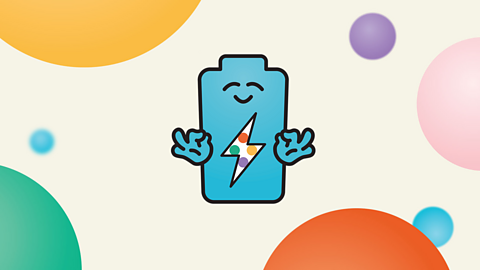
Staying calm in everyday situations. revision-guideStaying calm in everyday situations
How to control stress and do your best under pressure.

More on Mental and emotional wellbeing
Find out more by working through a topic
- count14 of 15

- count15 of 15

- count1 of 15
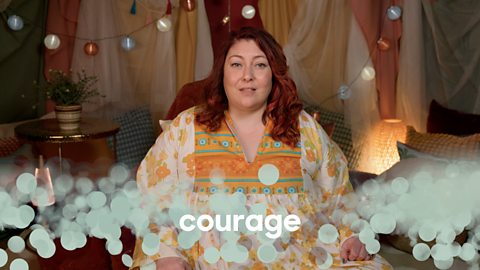
- count2 of 15
